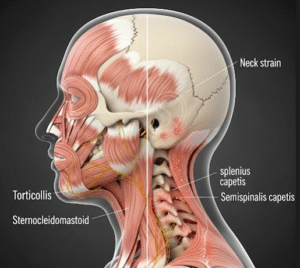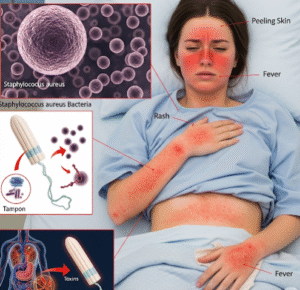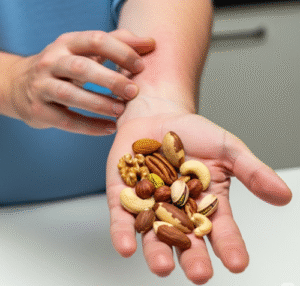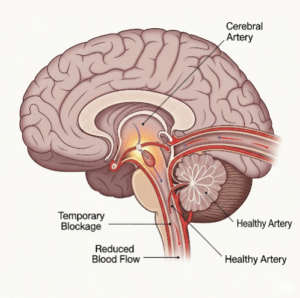Overview
An arachnoid cyst is a fluid-filled sac that forms in the arachnoid membrane — one of the three protective layers covering the brain and spinal cord. These cysts are usually congenital (present at birth) and can vary in size. Many are asymptomatic, but larger cysts may press on nearby structures, causing neurological symptoms.
What is Arachnoid Cyst?
An arachnoid cyst is a noncancerous, cerebrospinal fluid (CSF)-filled sac that develops between the brain or spinal cord and the arachnoid membrane. Most arachnoid cysts are congenital, arising from developmental abnormalities during gestation. Though often discovered incidentally during imaging, some may lead to symptoms due to their size or location.
Cysts can occur in various regions of the brain, such as:
- Middle cranial fossa (most common)
- Posterior fossa
- Suprasellar region
- Spine (less commonly)
Symptoms
Most arachnoid cysts are asymptomatic. However, if they grow large enough, they can compress brain tissue or nerves, causing:
- Headaches
- Nausea and vomiting
- Seizures
- Developmental delays (in children)
- Balance or coordination problems
- Vision problems
- Hydrocephalus (accumulation of CSF)
- Behavioral changes
- Increased intracranial pressure
Causes
- Congenital (Primary): Most cysts are congenital and develop due to abnormalities during embryonic development.
- Acquired (Secondary): Can result from head trauma, infections (e.g., meningitis), brain surgery, or tumors.
Risk Factors
- Genetic or developmental abnormalities during fetal development
- Male sex (more common in males)
- Head trauma or brain injury (for secondary cysts)
- Family history of arachnoid cysts (rare)
Complications
- Persistent neurological symptoms
- Seizures
- Hydrocephalus
- Increased intracranial pressure
- Brain herniation (in rare cases)
- Cognitive and behavioral problems in children
- Physical disabilities depending on cyst location and severity
Prevention
There are no known preventive measures for congenital arachnoid cysts. For secondary cysts:
- Avoid head trauma
- Prompt treatment of infections
- Regular follow-ups after brain surgery
Early diagnosis and monitoring can help prevent complications.
Treatment Options in Korea
South Korea is known for its advanced neurosurgical techniques and imaging technologies, making it a prime destination for diagnosis and management of arachnoid cysts.
1. Diagnosis
- MRI (Magnetic Resonance Imaging): Most accurate imaging for detecting cysts
- CT Scan: Useful for identifying cyst size and location
- Neurological exams: To assess impact on brain function
- Intracranial pressure monitoring (if symptoms suggest elevated pressure)
2. Treatment Approaches
Most asymptomatic cysts are monitored with routine imaging. If symptomatic or progressively enlarging, treatment includes:
- Microsurgical Removal: Surgical excision of the cyst wall
- Endoscopic Fenestration: A minimally invasive procedure creating openings in the cyst to allow fluid drainage
- Cystoperitoneal Shunt: Diverts fluid from the cyst to the abdominal cavity
- Stereotactic Navigation: Enhances surgical precision
3. Postoperative Care
- Continuous monitoring with MRI scans
- Neurological rehabilitation if symptoms were significant
- Pediatric follow-up in developmental cases
- Psychological support if cognitive or emotional symptoms present













